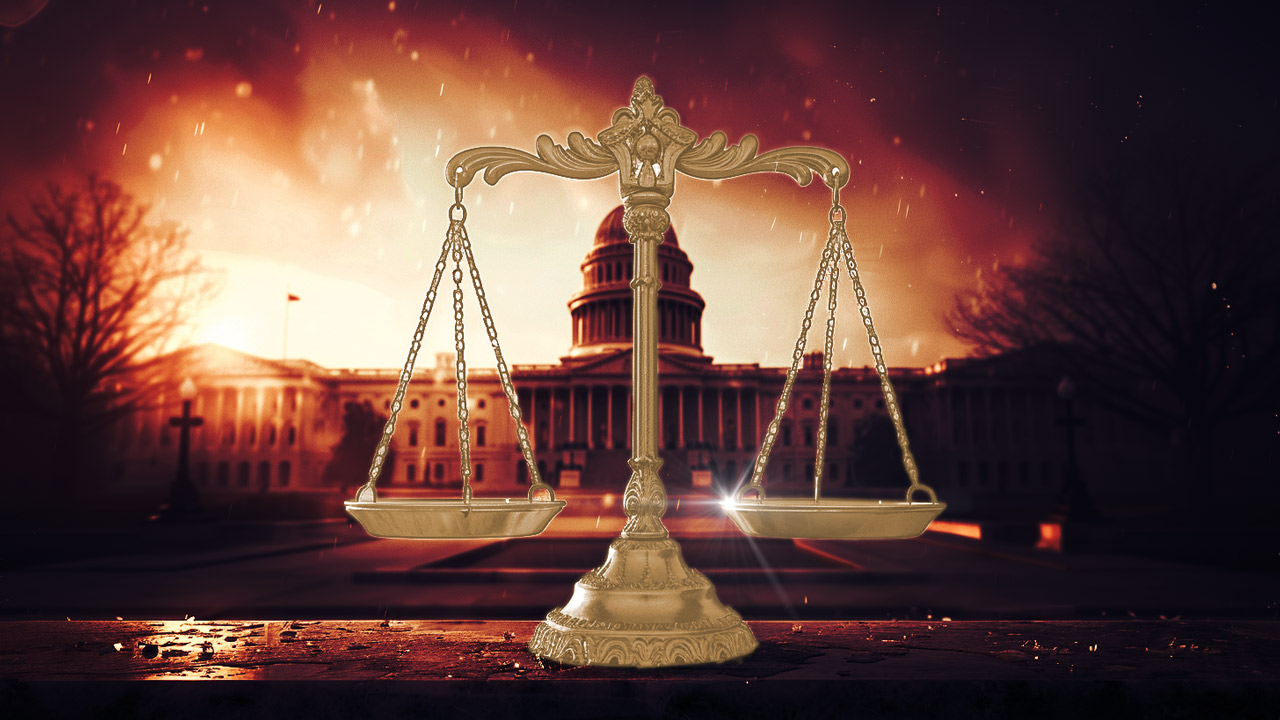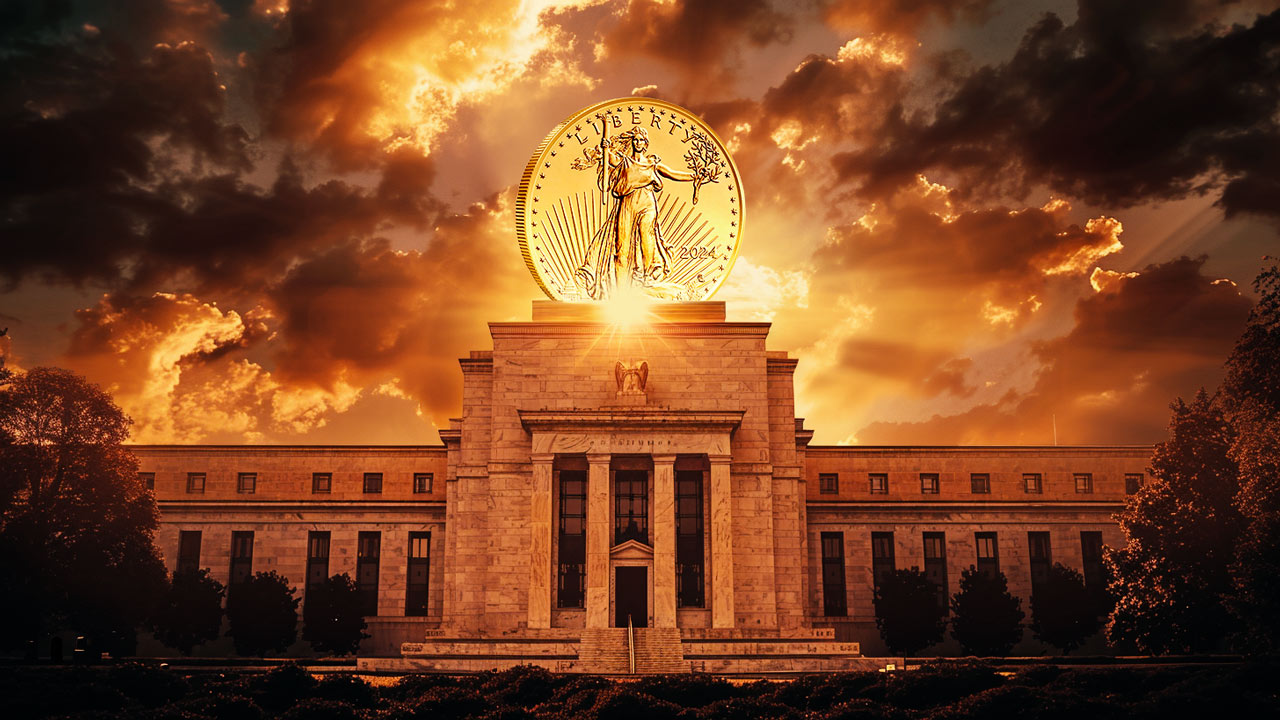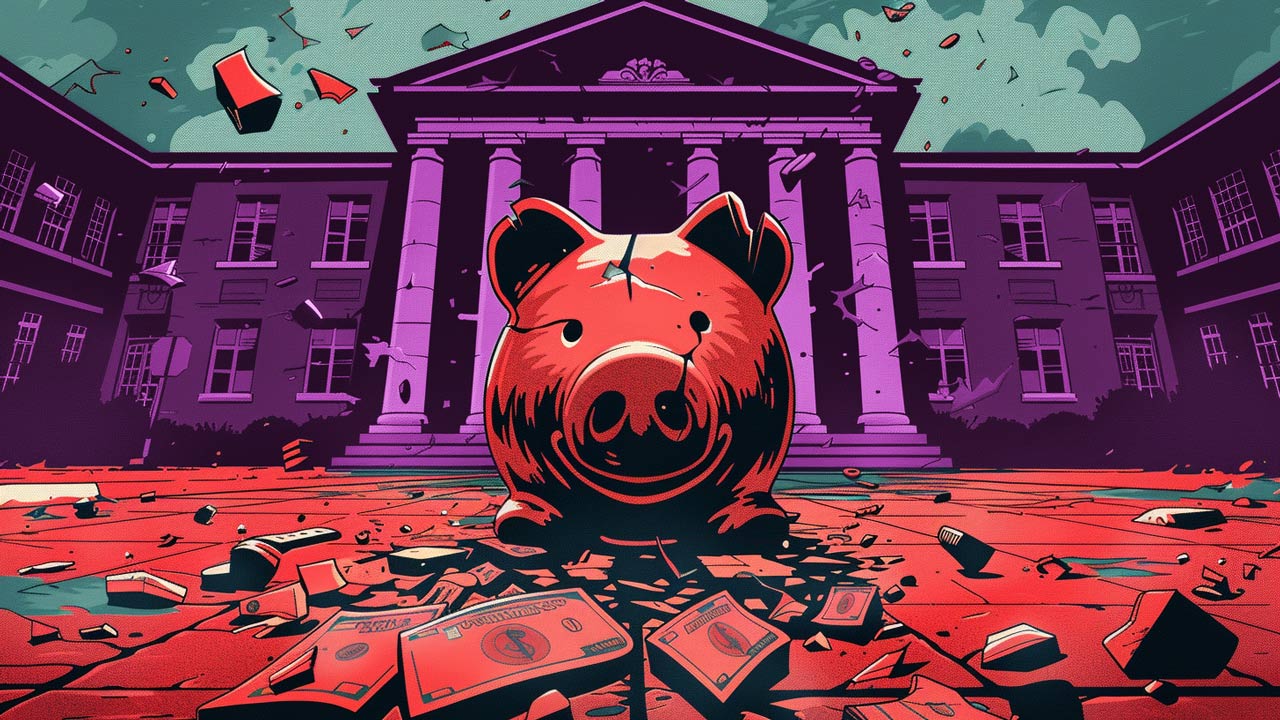President Obama Announces Plan to Boost College Tuitions
By Peter Schiff
President Obama today announced a plan that will ensure students are able to commit to higher levels of federally backed student loans. By limiting student obligations to repay, and by passing more of the repayment burden onto taxpayers, colleges and universities will be able to continue to raise tuitions at a rate that outpaces nearly every other cost center in the American economy. The move will come as a great relief to an education establishment increasingly concerned that students might no longer be able to afford skyrocketing tuition rates.
The AP reported today that state support for higher education has fallen 23% after accounting for inflation over the last ten years, even as tuitions have risen 5.6% faster than CPI. This gap has been bridged by a whopping 57% increase in federal student loans over the same time period due to the increased cost of tuition and number of student enrollment.
The Obama plan limits repayment obligations on those federal loans to just 10% of “discretionary income” which it defines as total income above 150% of the federal poverty level – currently translating to about $16,000 for an individual, or $33,500 for a family of four. The plan also limits the term of obligation to 20 years. These terms represent a substantial easing and acceleration of the terms in Obama’s “Pay as You Earn Plan,” which was just announced last year (see my April 2010 response to that plan).
That plan, which was scheduled to begin in 2014, represented the first time the government had imposed any limits on repayment obligations. It had capped repayments at 15% of discretionary income for 25 years.
Assuming that a successful college graduate would earn, on average, $80,000 per year over the course of the 20-year obligation period, the repayment burden under the new plan will total somewhere around $4,500 per year, or $90,000 for the life of the loan. A less successful graduate who earns say $50,000 per year, on average over the 20-year obligation period, would have a repayment burden of just $1,500 per year, or just $30,000 over the life of the loan. Any loan amounts above those totals will be forgiven.
As a result, students need not fear the inability to repay large loans. They need not worry about future interest rate increases, which could raise their payments. More importantly, students will feel diminished pressure to obtain high paying jobs. In fact, the less a graduate earns, the greater the amount of loan forgiveness. For the majority of students, who don’t become very high earners, it will make little difference if loan amounts are $90,000, $180,000 or even more. As the repayment burden will be capped to a percentage of average income, loan repayments will be the same for any loan beyond a certain threshold.
These policies could remove all barriers for larger and larger loans, which will then allow universities to charge higher and higher tuitions. This will permit them to maintain their bloated administration infrastructures and will allow them to continue loading up their campuses with even fancier facilities such as gymnasiums, performing arts centers, food courts, and health centers. The day of reckoning in which the higher education system would have had to offer programs that fit into the budget of average Americans has been postponed, if not entirely eliminated.
Of course the losers in this new arrangement will be American taxpayers who will be on the hook for the unpaid balances. Recently, college loan debt passed credit card debt as the largest, non-mortgage, source of debt in the United States. The balance of these unpaid student loans will be thrown onto the pile of America’s escalating unfunded debt. Of course, the moral hazard implicit in the program means these liabilities will now pile up even faster. In addition, the program substantially increases the interest rate risk to which taxpayers are already over-exposed due to the short maturities of the national debt. The higher student loan interest rates rise, the larger the unpaid balances that taxpayers will be forced to assume.
Obama’s move is likely to set off a student loan forgiveness arms race in which politicians may continue to ease and cap loan repayment obligations. With nearly a trillion dollars of outstanding college debt rapidly increasing, debt forgiveness for the young could be the political equivalent of protecting social security for the elderly. If college students were willing to rack up this much debt under the assumption they would have to actually pay it back, imagine how much debt they will be willing to amass now that they realize they do not? As a result, expect college tuition increases to not only continue but to accelerate.
In a way, Obama would be turning higher education in to a third-party payer system (not too dissimilar from our current health care system – which is also characterized by outsized cost increases). Under this new system, colleges might charge whatever they want because their customers simply turn the bill over to the U.S. taxpayer who has no say in the transaction. Under such a system what incentive would a kid have to live at home and go to a community college? Why not attend the most expensive university that taxpayer money will allow? I suppose Obama was so impressed with how this dynamic works with health care that he decided education could use some of the same medicine.
Follow us on Twitter to stay up-to-date on Peter Schiff’s latest thoughts: @SchiffGold
Interested in learning about the best ways to buy gold and silver?
Call 1-888-GOLD-160 and speak with a Precious Metals Specialist today!



 America’s trust in its institutions has rapidly eroded over the past 20 years. We have a lower level of trust in our judicial system and elections than most European countries. Some of this is natural, as Americans are uniquely individualistic, but much of it arises from repeated government failures.
America’s trust in its institutions has rapidly eroded over the past 20 years. We have a lower level of trust in our judicial system and elections than most European countries. Some of this is natural, as Americans are uniquely individualistic, but much of it arises from repeated government failures. Decades of negative interest rate policy in Japan have ended. That could mean the end of the $20 trillion “yen carry trade,” once one of the most popular trades on foreign exchange markets, and a chain reaction in the global economy. The yen carry trade is when investors borrow yen to buy assets denominated in […]
Decades of negative interest rate policy in Japan have ended. That could mean the end of the $20 trillion “yen carry trade,” once one of the most popular trades on foreign exchange markets, and a chain reaction in the global economy. The yen carry trade is when investors borrow yen to buy assets denominated in […] With a hot CPI report casting a shadow of doubt on the likelihood of a June interest rate cut, all eyes are on the Fed. But they’ve caught themselves in a “damned if they do, damned if they don’t” moment for the economy — and the news for gold is good regardless.
With a hot CPI report casting a shadow of doubt on the likelihood of a June interest rate cut, all eyes are on the Fed. But they’ve caught themselves in a “damned if they do, damned if they don’t” moment for the economy — and the news for gold is good regardless.  It’s no secret that the American public is wildly ignorant of many issues that are central to the success of our nation. Just a generation ago it would have been unthinkable that less than half of the American population could recognize all three branches of government. America is in most cases far less educated about its government […]
It’s no secret that the American public is wildly ignorant of many issues that are central to the success of our nation. Just a generation ago it would have been unthinkable that less than half of the American population could recognize all three branches of government. America is in most cases far less educated about its government […] In investing, “Buy low, sell high” is among the most well-known sayings, and generally, it’s good advice. But with gold still holding near its historic all-time highs, central banks led by China are bucking the classic adage and smash-buying more, buying the top to fortify themselves against a global monetary and financial blow-up.
In investing, “Buy low, sell high” is among the most well-known sayings, and generally, it’s good advice. But with gold still holding near its historic all-time highs, central banks led by China are bucking the classic adage and smash-buying more, buying the top to fortify themselves against a global monetary and financial blow-up.
Leave a Reply